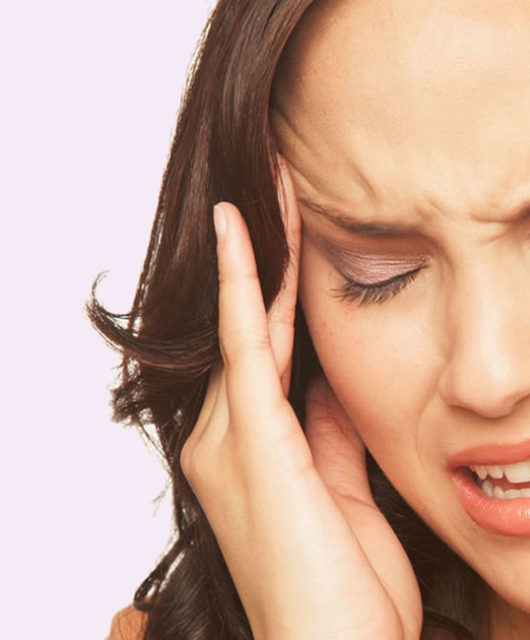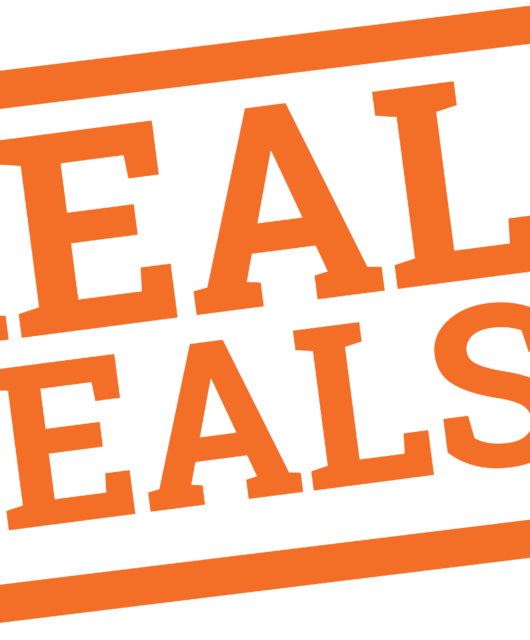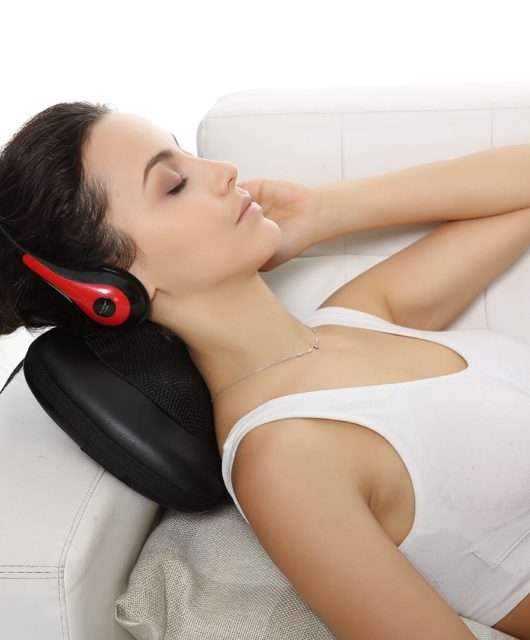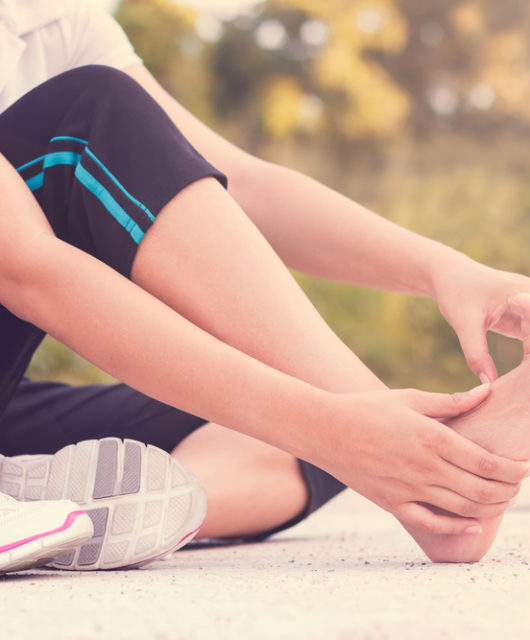What is a massage?
When you think of a massage, what is the first thing that comes to mind? Do you think of a wealthy person scheduling time for the personal masseuse to come to the mansion? Do you think of a professional athlete getting some much-needed massage therapy after a grueling game?
Actually, anyone stands to benefit from a massage — not just society’s elite. Massage refers to the rolling and kneading of bodily tissue to ease stress and relieve pain, and while not everyone can afford a licensed massage therapist, most people are blessed with fingers and elbows. If you know what you’re doing, you too could be an amateur masseuse.

Massage Needs of Different People
Although everyone can benefit from massages, that does not mean that every type of massage is ideal for every type of person. A foot massage, for example, can be a godsend for a worker who spends 8 to 10 hours a day on his feet, but it may prove relatively useless to the 21st century office worker. In the same vein, many modern techniques of neck and shoulder massages are designed to combat the strains that arise from being hunched over in front of a computer screen. For those who work in outdoor environments (or for those who use standing desks), such a massage has less value.
Before planning a massage, it is important to identify your massage needs. Are you a physical fitness enthusiast? Then you’ll want to target post-workout massages for recovery, which will keep you from being sore for days. Runners and others who are hard on their bodies stand a lot to gain from using a percussion massager.
On the other hand, maybe you are a stay-at-home mother who is too busy driving the kids to soccer practice to get in frequent runs. Instead of easing pain and reducing inflammation, you will want a massage that relieves anxiety and stress. This will improve your mood and your ability to deal with your husband and children, and it will even lead to better sleep.

Massage Cost
Massages are certainly salutary for everybody, but are they feasible for everybody? How much would a professional massage set you back? The U.S. national average for a massage is $60 an hour. Obviously, there are several factors in play, including where you live and the type of massage you are looking for. In big cities like New York, professional massages easily go for over $100. And that doesn’t include the cost of getting to the massage or the opportunity cost that comes from taking time out of your day to go to the appointment.

NAIPO Can Help
A more cost-effective treatment for 21st century life is to buy an at-home massager yourself. Shoulder massagers such as the ones made by NAIPO go for less than $60 and last for years; after just one or two uses, it will cover the cost of a single session by a professional.
In addition to the savings, investing in a NAIPO massager comes with several other benefits. For one, you can be in control of your own body and your own treatment. No one knows your needs better than yourself, and you can pay special care to achy areas. NAIPO makes massagers that address almost all body parts, from your neck and shoulders, to your back, knees, calves, legs and feet. For another, you can take the massager anywhere and use it in a pinch. With one of NAIPO’s massagers, you’ll never have to wait to fit into someone else’s schedule: You will have access to massage on-demand, and your body will feel that much better because of it.









